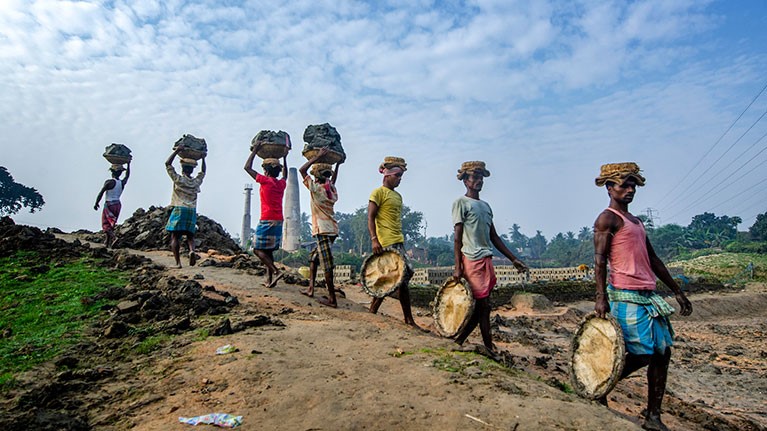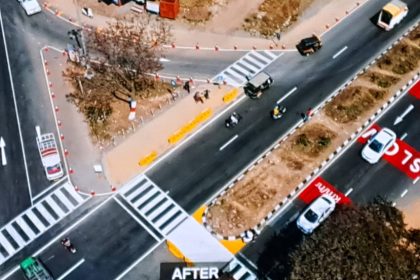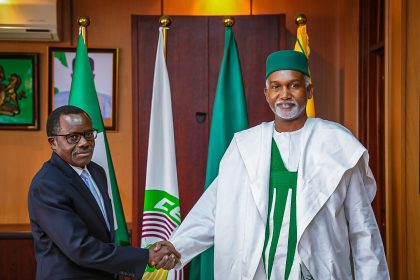Trafficked and enslaved: 50 million people living in modern slavery

Your relative or a person you know could be a victim. More people are living in slavery than at any time in modern history, with the latest global estimates showing that 10 million more people joined the ranks over the past five years.
According to the latest Global Estimates of Modern Slavery fifty million people were living in modern slavery in 2021, with 28 million in forced labour and 22 million trapped in forced marriage.
The number of people in modern slavery has risen significantly in the last five years. 10 million more people were in modern slavery in 2021 compared to 2016 global estimates. Women and children remain disproportionately vulnerable, the International Labour Organisation ILO, said in remarks on the report.
According to the ILO, modern slavery is prevalent and occurs in almost every country in the world, and cuts across ethnic, cultural and religious lines.
“It is shocking that the situation of modern slavery is not improving. Nothing can justify the persistence of this fundamental abuse of human rights,” said ILO Director-General, Guy Ryder. “We know what needs to be done, and we know it can be done. Effective national policies and regulation are fundamental. But governments cannot do this alone. International standards provide a sound basis, and an all-hands-on-deck approach is needed. Trade unions, employers’ organizations, civil society and ordinary people all have critical roles to play.” More than half -52pc- of all forced labour and a quarter of all forced marriages are typically found in upper-middle income or high-income countries.
Most cases of forced labour -86pc- are found in the private sector. Forced labour in sectors other than commercial sexual exploitation accounts for 63 pc of all forced labour, while forced commercial sexual exploitation represents 23 pc of all forced labour. Almost four out of five of those in forced commercial sexual exploitation are women or girls.
State-imposed forced labour accounts for 14 per cent of people in forced labour and almost one in eight of all those in forced labour are children -3.3 million. More than half of these are in commercial sexual exploitation.
Forced marriage
An estimated 22 million people were living in forced marriage on any given day in 2021. This indicates an increase of 6.6 million since the 2016 global estimates.
The true incidence of forced marriage, particularly involving children aged 16 and younger, is likely far greater than current estimates can capture; these are based on a narrow definition and do not include all child marriages. Child marriages are considered to be forced because a child cannot legally give consent to marry.
Forced marriage is closely linked to long-established patriarchal attitudes and practices and is highly context specific. The overwhelming majority of forced marriages -more than 85 per cent- was driven by family pressure. Although two-thirds -65 per cent- of forced marriages are found in Asia and the Pacific, when regional population size is considered, the prevalence is highest in the Arab States, with 4.8 people out of every 1,000 in the region in forced marriage.
The report further says that migrant workers are more than three times more likely to be in forced labour than non-migrant adult workers.
The report notes that while labour migration has a largely positive effect on individuals, households, communities and societies, the findings demonstrate how migrants are particularly vulnerable to forced labour and trafficking, whether because of irregular or poorly governed migration, or unfair and unethical recruitment practices.
António Vitorino, IOM Director-General, said: “This report underscores the urgency of ensuring that all migration is safe, orderly, and regular. Reducing the vulnerability of migrants to forced labour and trafficking in persons depends first and foremost on national policy and legal frameworks that respect, protect, and fulfil the human rights and fundamental freedoms of all migrants – and potential migrants – at all stages of the migration process, regardless of their migration status. The whole of society must work together to reverse these shocking trends, including through implementation of the Global Compact on Migration.”
The report proposes a number of recommended actions which, taken together and swiftly, would mark significant progress towards ending modern slavery. They include: improving and enforcing laws and labour inspections; ending state-imposed forced labour; stronger measures to combat forced labour and trafficking in business and supply chains; extending social protection, and strengthening legal protections, including raising the legal age of marriage to 18 without exception. Other measures include addressing the increased risk of trafficking and forced labour for migrant workers, promoting fair and ethical recruitment, and greater support for women, girls and vulnerable individuals.
Grace Forrest, Founding Director of Walk Free, said: “Modern slavery is the antithesis of sustainable development. Yet, in 2022, it continues to underpin our global economy. It is a man-made problem, connected to both historical slavery and persisting structural inequality. In a time of compounding crises, genuine political will is the key to ending these human rights abuses.”

 African Heads of state head to South Korea next week for Summit talks
African Heads of state head to South Korea next week for Summit talks
 Boeing refuses to pay hackers $200 million for stolen Data
Boeing refuses to pay hackers $200 million for stolen Data
 SaveLIFE Foundation plans to extend India’s safe roads model to Kenya, Zimbabwe
SaveLIFE Foundation plans to extend India’s safe roads model to Kenya, Zimbabwe
 Uganda, Nigeria explore deeper economic cooperation
Uganda, Nigeria explore deeper economic cooperation
 SITA celebrates 75 years of innovation and leadership in air transport technology
SITA celebrates 75 years of innovation and leadership in air transport technology
 South Korean conglomerate gives employees UGX 288 million incentive to have children
South Korean conglomerate gives employees UGX 288 million incentive to have children
